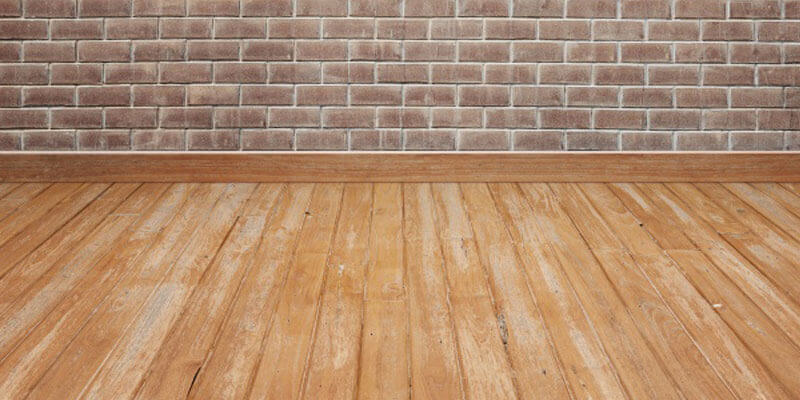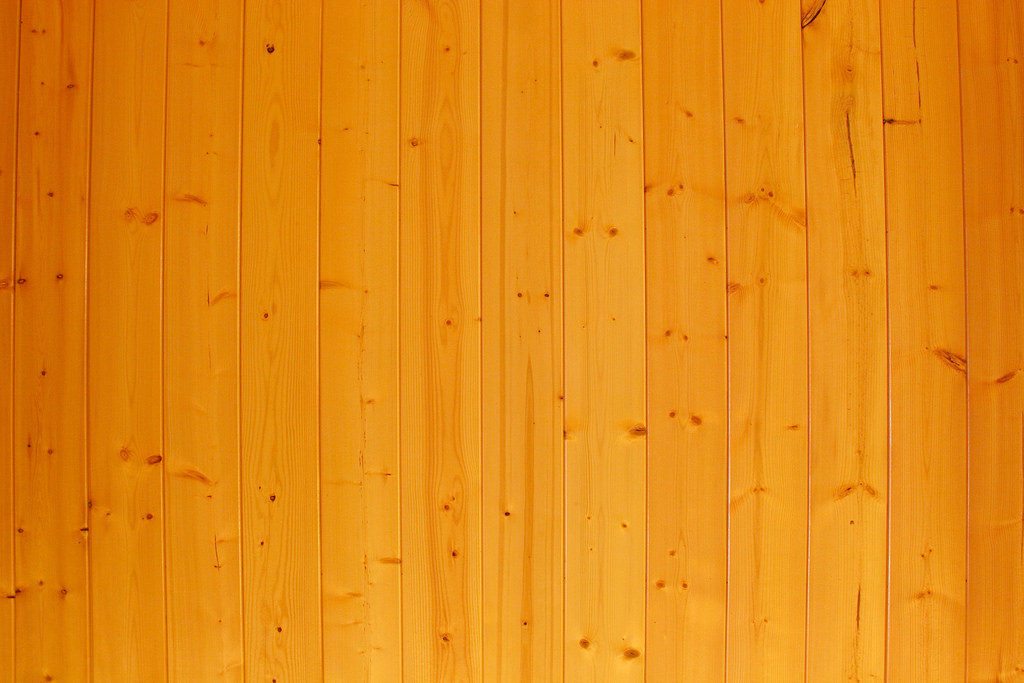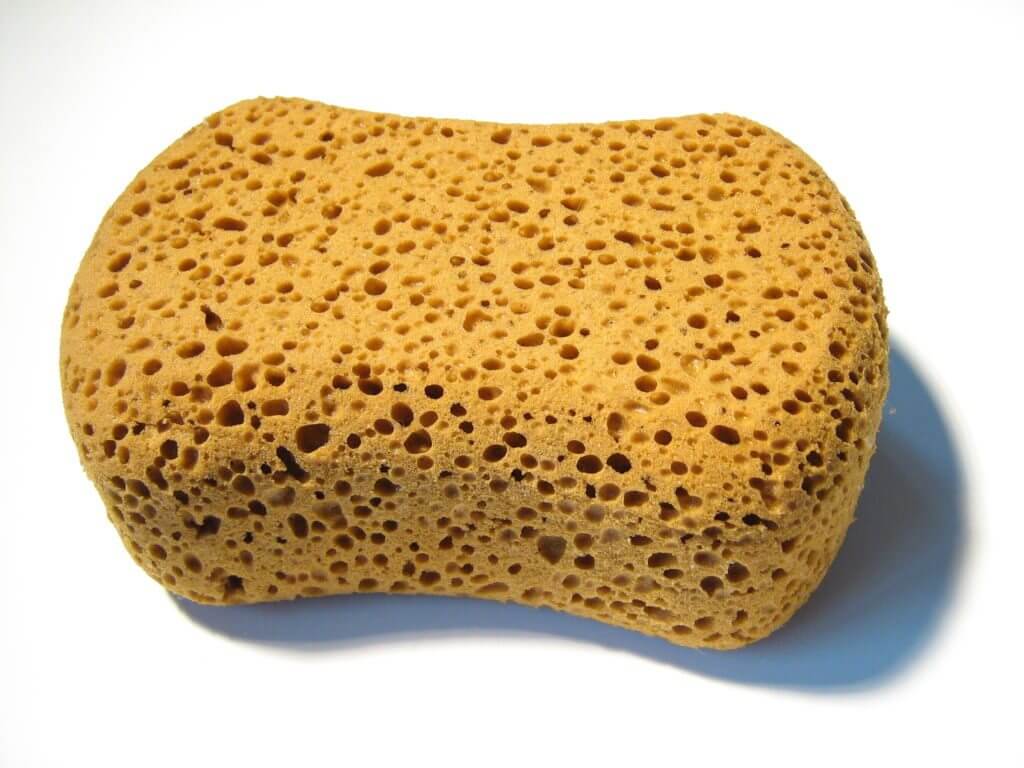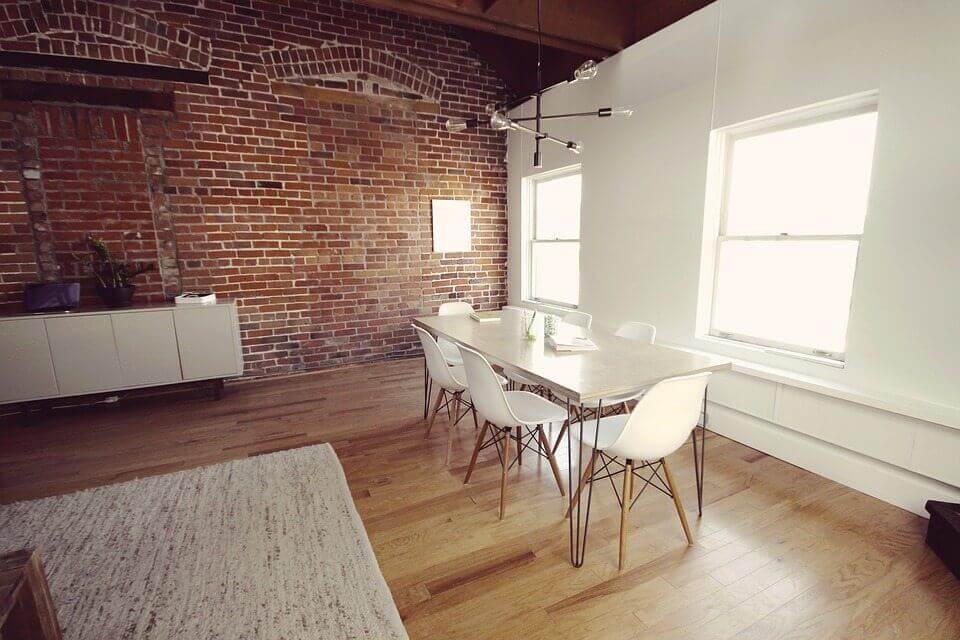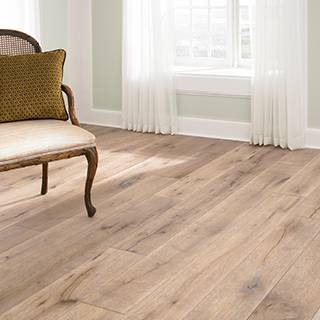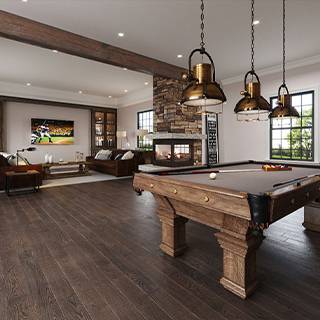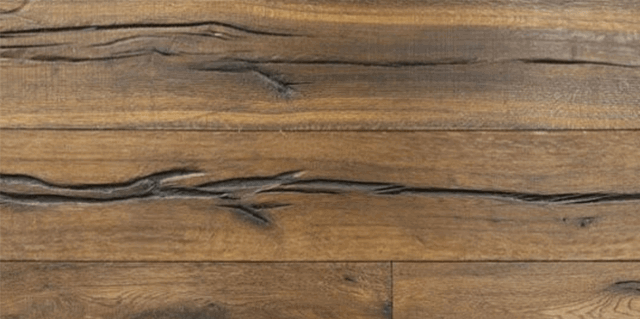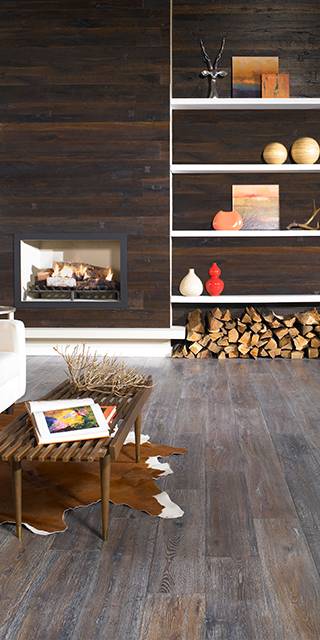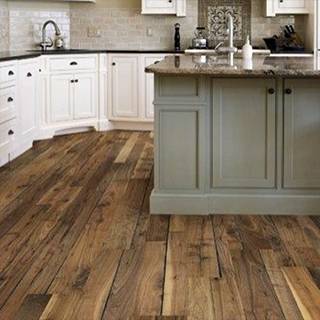Are you interest in converting your floors to quarter-sawn oak? Though quarter-sawn oak flooring costs are usually higher than plain sawn oak, the benefits are worth it. To begin, quarter sawn is less likely to swell. It is more stable and will not absorb moisture the way plain sawn does. The design of quarter sawn is also favorable because of the unique patterns that adorn each plank — the rays on quarter-sawn wood are flagrant flecks that create a lovely decorative feature for your home. But how do you calculate just how much quarter sawn oak flooring costs?
Measuring Quarter-Sawn Oak
The first thing you will want to know is how much wood you will need for the project. You’ll want to measure the dimensions of each room you’d like to convert to hardwood flooring; this is a simple task that you can do at home with a tape measure. Begin by measuring the length and width. Now multiply these numbers together to obtain the square footage of each room.
Quarter-Sawn Planks
Once you’ve configured the measurements of your flooring, you’ll need to choose which planks of quarter sawn you want to install; this is determined primarily by the width, thickness, and figure of your lumber. For low/medium fleck quarter sawn you can expect to pay between $4.08 to $24.20 per board foot based on 8” to 16” widths. For higher fleck quarter sawn it is approximately $4.58 to $27.20 based on the same widths. Use your square footage measurements to calculate how much the planks will cost you in total.
Installing Quarter-Sawn Flooring
Installation prices vary by location, square footage, and the difficulty of your project. Furniture removal, replacement of subflooring, and removal of original flooring may be hurdles in your process. The best method to access the cost you’ll be considering is to use an online price comparison tool for your area. Clearing old furniture and removing original flooring can help to lower your estimates.
Try to get a few estimates before deciding, as some companies charge less than others. Fall and early winter tend to be down times for flooring installers. Choosing to install during these off seasons can also save you money, decreasing your quarter-sawn oak flooring costs overall.
Final Quarter-Sawn Oak Flooring Costs
After installation, you’ll want to choose your finish. Oiled oak flooring is excellent for a natural look. Natural finish oak floors cost about $1.50 to $4.00 per square footage. Once you’ve decided and calculated the above factors, you’ll total them for your quarter-sawn oak flooring costs.
Maintenance is also necessary when keeping your floor looking it’s best. Over time, the everyday tread will wear on your original oiled oak floor, meaning that you’ll eventually pay more for your floor.
Note: To keep your natural finish oak floors looking their best you’ll need to refinish every ten years or so.
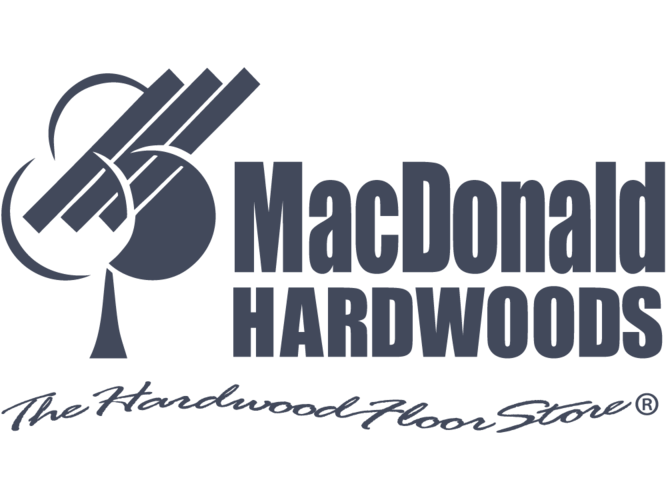
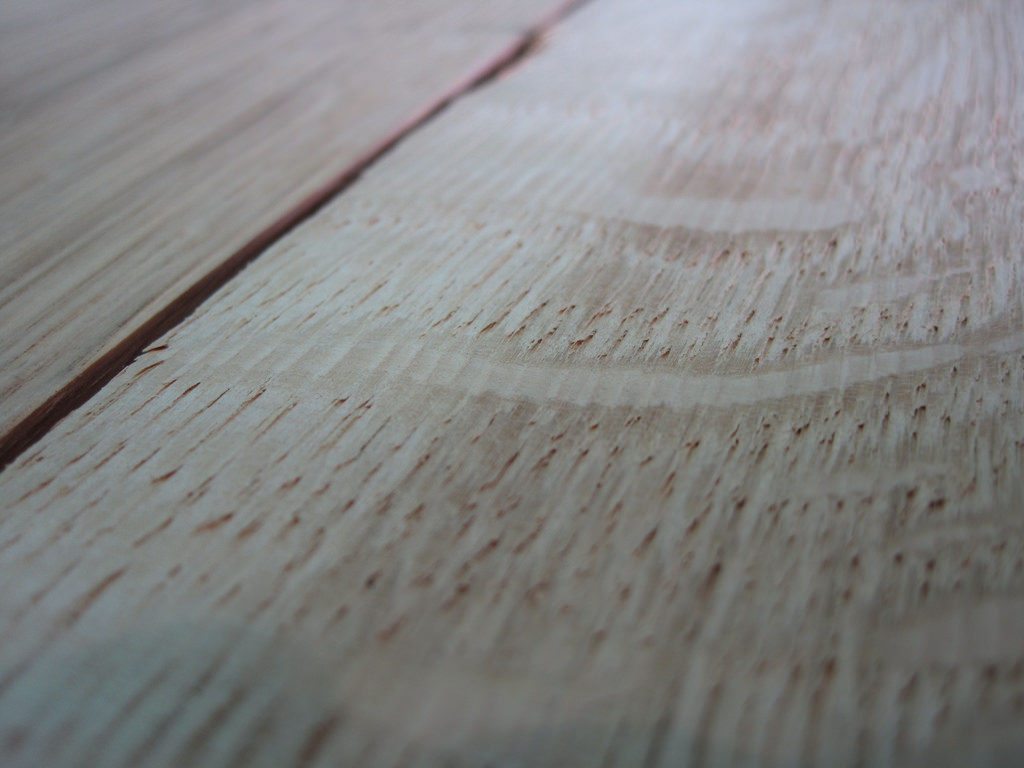
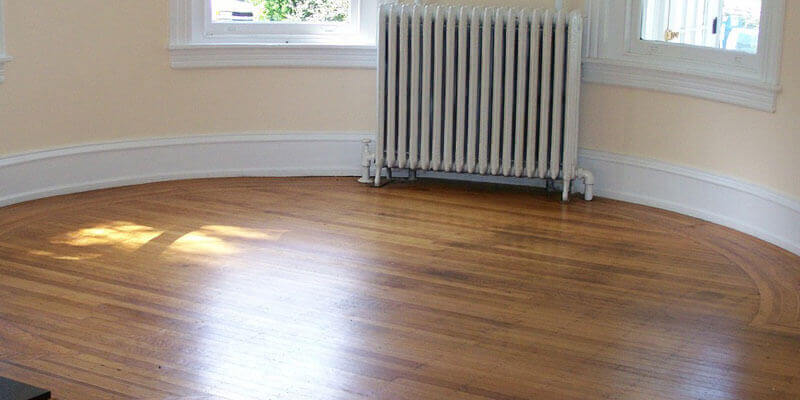
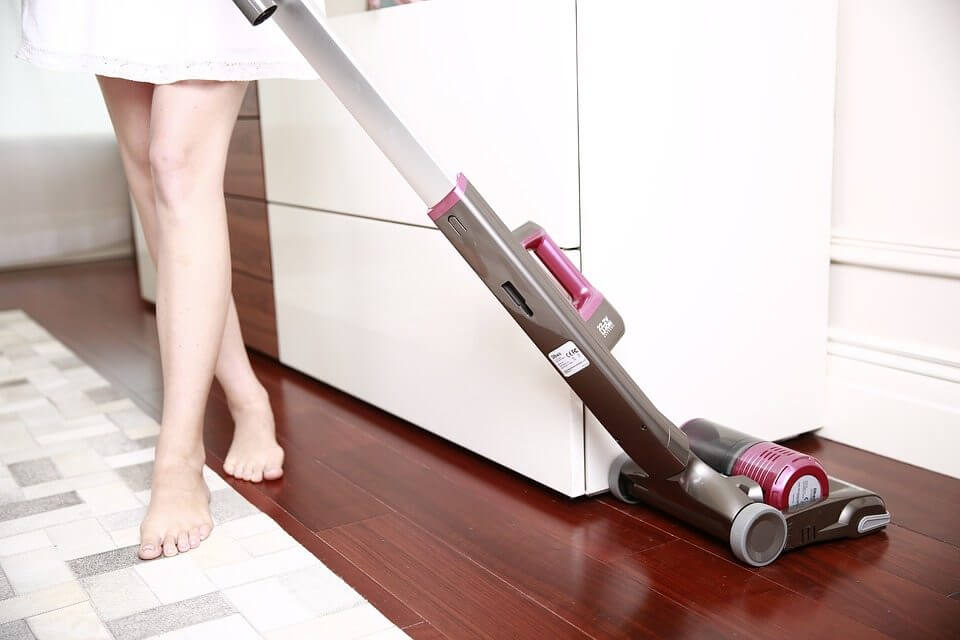

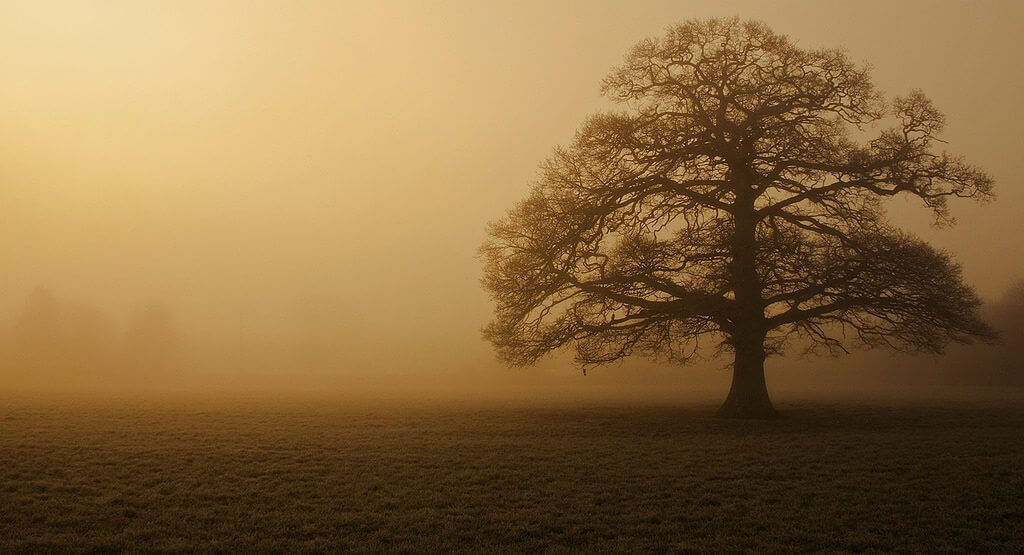
 Are you thinking of replacing the carpet in your home with
Are you thinking of replacing the carpet in your home with 
